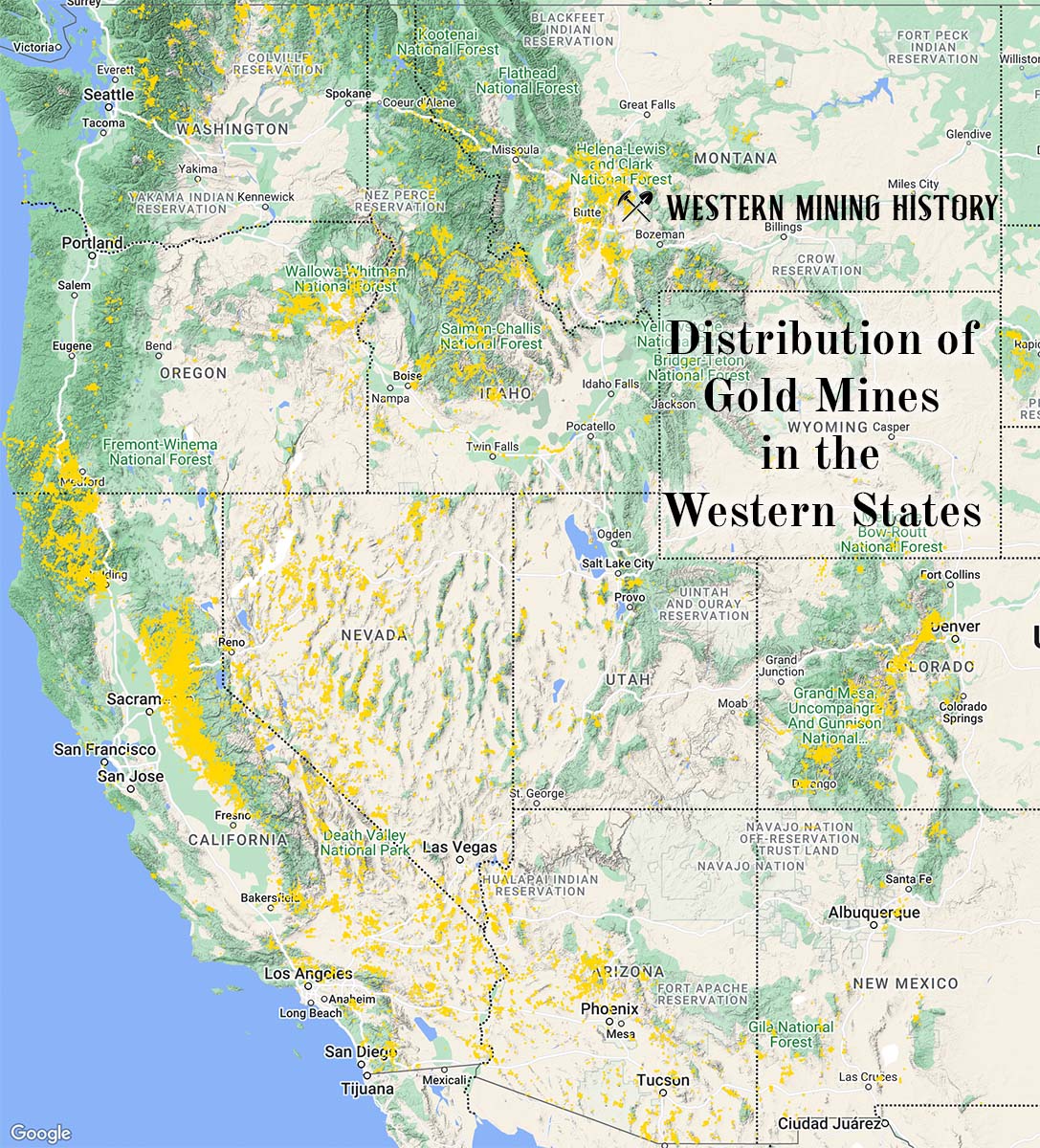The Bluebird is a molybdenum, tungsten, copper, and lead mine located in Alaska.
About the MRDS Data:
All mine locations were obtained from the USGS Mineral Resources Data System. The locations and other information in this database have not been verified for accuracy. It should be assumed that all mines are on private property.
Mine Info
Elevation:
Commodity: Molybdenum, Tungsten, Copper, Lead
Lat, Long: 56.01472, -130.05389
Map: View on Google Maps
Bluebird MRDS details
Site Name
Primary: Bluebird
Commodity
Primary: Molybdenum
Primary: Tungsten
Primary: Copper
Primary: Lead
Location
State: Alaska
District: Hyder
Land Status
Not available
Holdings
Not available
Workings
Not available
Ownership
Not available
Production
Not available
Deposit
Record Type: Site
Operation Category: Occurrence
Operation Type: Unknown
Years of Production:
Organization:
Significant: N
Physiography
Not available
Mineral Deposit Model
Not available
Orebody
Not available
Structure
Not available
Alterations
Not available
Rocks
Not available
Analytical Data
Not available
Materials
Ore: Scheelite
Ore: Galena
Gangue: Quartz
Gangue: Pyrite
Comments
Comment (Workings): HAND SPECIMENS OF THE SCHEELITE-BEARING VEIN CONTAIN AN ESTIMATED 0.5% WO3
Comment (Location): THE BLUEBIRD OCCURRENCE IS IN SECTION 35 AT AN ELEVATION OF ABOUT 2350 FEET ON A WEST-FACING MOUNTAINSIDE ABOUT 0.1 MILE SOUTHEAST OF THE CONFLUENCE OF SALMON RIVER AND TEXAS CREEK (ELLIOTT AND KOCH, 1981, P. 18, LOC. 74). THE LOCATION IS ACCURATE WITHIN ABOUT A QUARTER OF A MILE.
Comment (Exploration): Status = Inactive
Comment (Deposit): THE COUNTRY ROCK IN THE AREA OF THIS OCCURRENCE IS THE TRIASSIC TEXAS CREEK GRANODIORITE, WHICH UNDERLIES AND LOCALLY INTRUDES PELITIC METASEDIMENTARY AND SUBORDINATE ANDESITIC (GREENSTONE) METAVOLCANIC STRATA OF THE JURASSIC OR OLDER MESOZOIC HAZELTON GROUP (SMITH, 1977; KOCH, 1996). THE DEPOSIT (BYERS AND SAINSBURY, 1956, P. 139-140) CONSISTS OF A QUARTZ VEIN IN GRANODIORITE ABOUT 1500 FEET FROM ITS CONTACT WITH ROCKS OF THE HAZELTON GROUP. THE VEIN IS 4 INCHES THICK AND EXPOSED FOR ONLY A FEW FEET; IT CONTAINS SPARSELY DISSEMINATED PYRITE, CHALCOPYRITE, GALENA AND SCHEELITE IN THE CENTRAL PART AND MOLYBDENITE ALONG THE WALLS. HAND SPECIMENS CONTAIN AN ESTIMATED 0.5% WO3.
References
Reference (Deposit): Byers, F. M., and Sainsbury, C. L., 1956, Tungsten deposits of the Hyder district, Alaska: U.S. Geological Survey Bulletin 1024-F, p. 123-140."
Reference (Deposit): Smith, J.G., 1977, Geology of the Ketchikan D1 and Bradfield Canal A-1 quadrangles, southeastern Alaska: U.S. Geological Survey Bulletin 1425, 49 p.
Reference (Deposit): Elliott, R.L., and Koch, R. D., 1981, Mines, prospects, and selected metalliferous mineral occurrences in the Bradfield Canal quadrangle, Alaska: U.S. Geological Survey Open-File Report 81-728-B, 23 p., 1 sheet, scales 1:250,000 and 1:63,360.
Reference (Deposit): Koch, R. D., 1996, Reconnaissance geologic map of the Bradfield Canal quadrangle, southeastern Alaska: U.S. Geological Survey Open-File Report 81-728A, 35 p.,1 sheet, scale 1:250,000.
The Top Ten Gold Producing States

These ten states contributed the most to the gold production that built the West from 1848 through the 1930s. The Top Ten Gold Producing States.